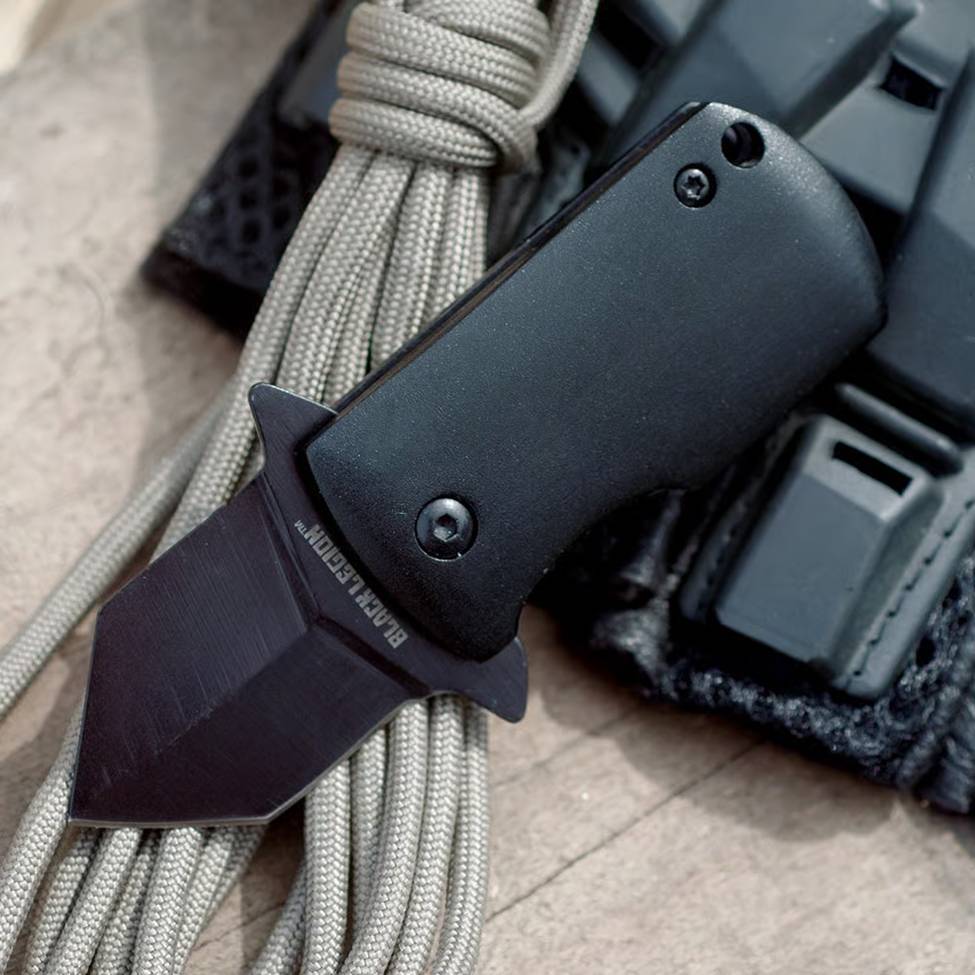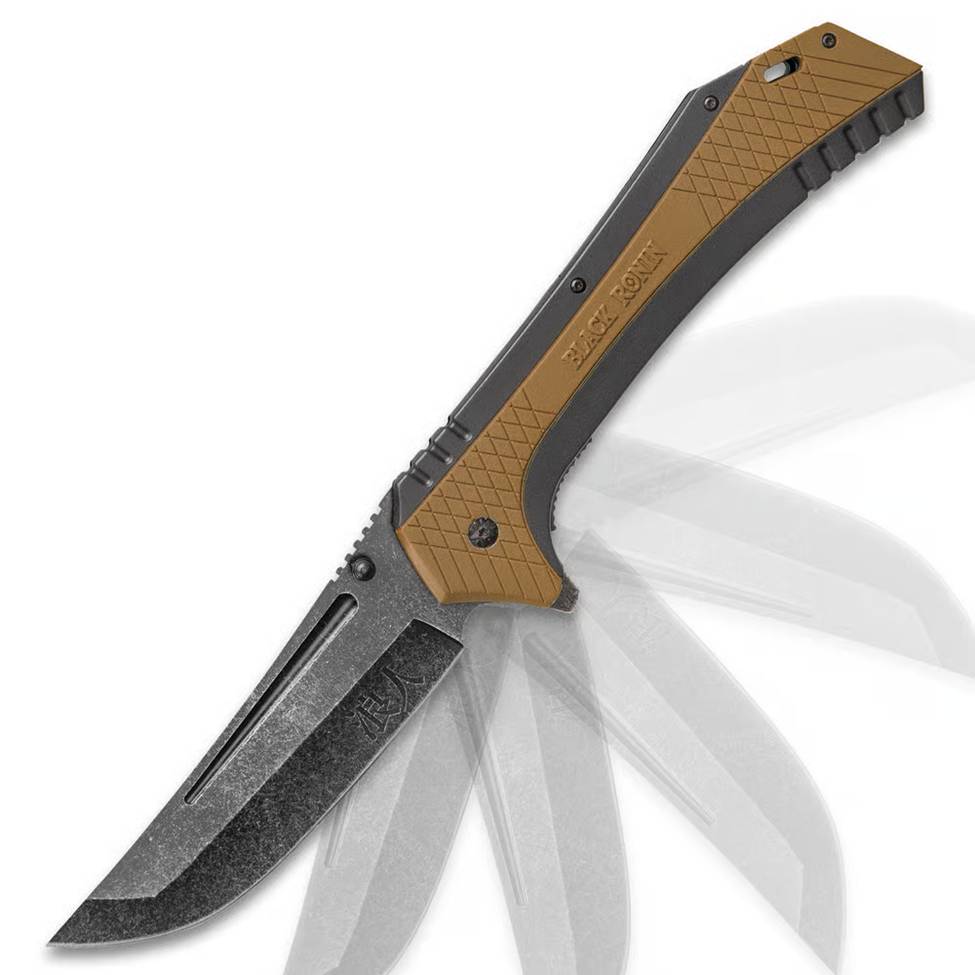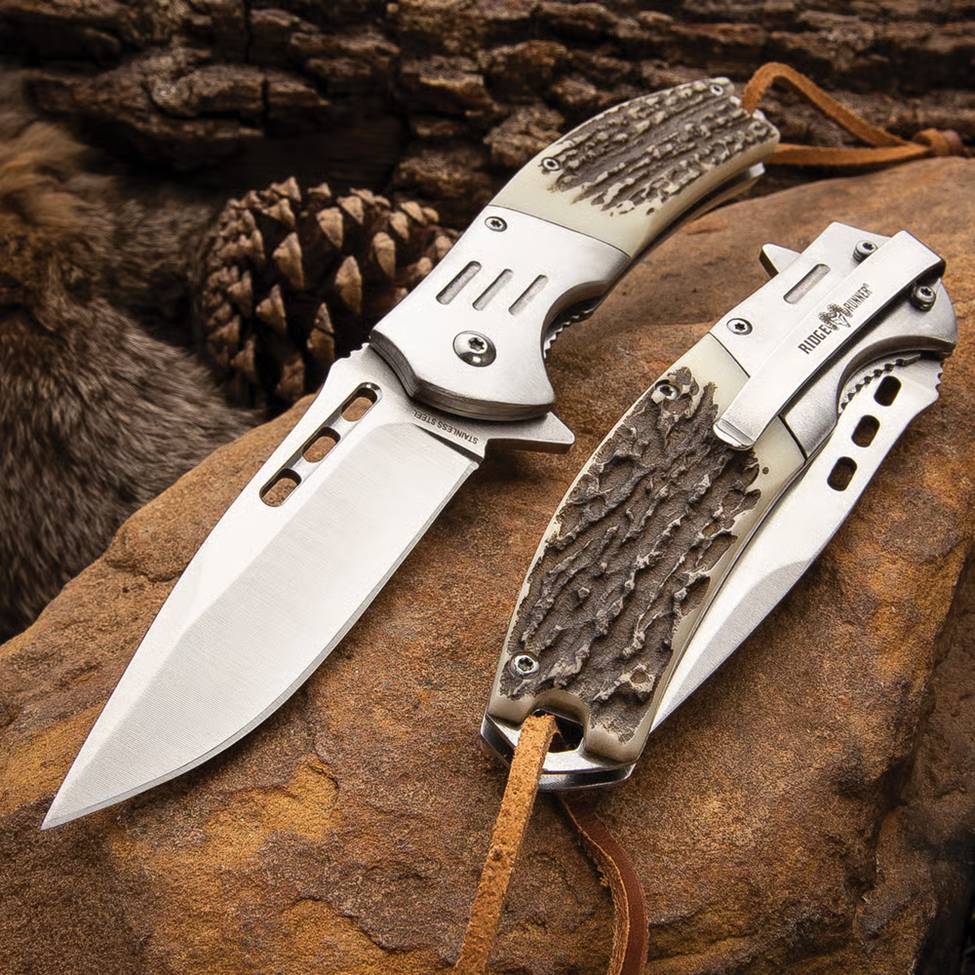Why to Upgrade to an Assisted Opening Knife


Those who carry a knife everyday have four basic options. A fixed blade, a conventional folder, an assisted opening knife, or an automatic knife, also known as an “auto.” Fixed blades are sturdy but can be convenient. Automatic knives are easy to use but there are legal constraints in some areas. For most of us, that leaves conventional folders and assisted openers. The latter offer much more ergonomic and practical use when compared to a standard folder - among other benefits. Here are some of the reasons to upgrade to one today if you currently carry a standard folder.
Same Form Factor As Other Folders
The first reason to upgrade to an assisted opening knife is that looking at one, you wouldn’t even know it’s an assisted opener. Actually, you wouldn’t even know till you touched the flipper tab and went to open it. They have the same features, form factor, lock types and in some cases even the same opening mechanism as other folding knives. The only reason difference, if there even is one, is that assisted-openers tend to open via a flipper tab rather than thumb studs - but even this is not a hard rule.
One-Handed Use
Unlike so many other types of folding knives, assisted opening knives are expressly designed for one-handed use, making them superior in tight quarters, or in other situations in which you have only one hand free.


Quicker, Easier Deployment
Even compared to other folding knives that allow for one-handed deployment, assisted opening knives generally allow for faster and easier deployment, which makes them more convenient and overall more enjoyable to use than other folders.
Smaller Learning Curve
Say what you want about an assisted opening knife, but being able to flick open a knife that easily is just impressive.
Cool Factor
The billhook is a very old machete pattern with an inward curve like a talon blade with a point that sits below the main portion of the belly; it is the opposite of a pattern with a trailing point. Because of the inward curve, billhooks are highly effective for slashing as well as for drawing cuts and pruning, as well as a technique known as “snedding” which refers to the process of stripping side shoots and buds off a branch. Because the point is inwardly curved, it can be used for pulling cuts and drawing, specifically for maintaining hedges as well as for coppicing. Oftentimes, this is not referred to as a machete but simply as a billhook.
Fewer Legal Constraints Than Autos
Some states and other local jurisdictions ban automatic knives and gravity knives, but in others, there may be no such restrictions on assisted opening knives. Obviously take this on a case by case basis and make sure to do your own legal research before buying an assisted opening knife; this is not legal counsel
They’re Not As Expensive As You Think
Lastly, if you’ve been putting off getting an assisted opening knife or even a push button automatic knife because of the perceived cost, rest easy; there are tons of assisted opening knives that are surprisingly affordable, and we represent many of them here.
Some Notes to Consider Before You Start Carrying an Assisted Opening Knife


Before you get an assisted opening knife, here are some things to consider.
- Blade Pattern: For most applications, a drop point or a spear point will excel. Blades with fine points are better for piercing, and those with swept blades are better for slicing. An oblique or broad point, such as what you’ll find on a sheepsfoot or a pocket cleaver, will be less likely to chip or snap under hard use.
- Size and Weight: Anything between 3 and 4 inches is ideal for EDC, though larger and of course smaller, more discreet patterns also exist. Let your intended use drive the decision.
- Lock Type: Many assisted opening knives are made with liner and frame locks, just like their non-assisted cousins. These are affordable, reliable and easy to operate with one hand.
- Steel Alloy: Steel alloy is also an important determining factor in the suitability of a blade for EDC. Budget steels are acceptable but remember they will not hold an edge as long and are more likely to chip and roll than harder, more wear-resistant alloys. Also consider whether you want a stainless or a non-stainless alloy. A stainless alloy will require less maintenance and will be less likely to rust.
- Carry Options: Lastly, consider how you will carry this knife. Many assisted opening knives have pocket clips that enable you to clip them to your pocket, pack, or even a MOLLE system. Either way, make sure you get a model with a carry option that works for you.
Your Next Assisted Opening Knife Is Here
Thinking it’s about time for you to upgrade to an assisted opening knife? Take a look through our catalog - we have lots of cool options in assisted openers, daggers, boot knives, Benchmade knives and more, and are constantly refreshing what we carry with new inventory. Find what you need here and upgrade your carry today.